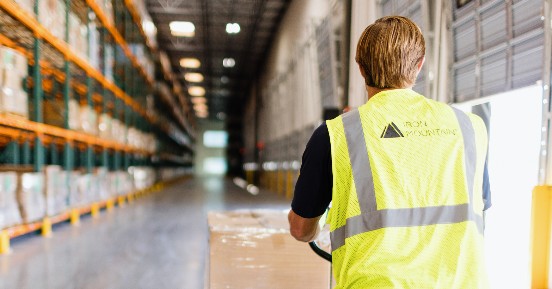Resources

Blogs and Articles
Warehouse & Logistics: UK & Ireland sites
Find out more about our Award-winning Warehouse of the Future

Whitepaper
Iron Mountain's role in the digital transformation value chain
While many solutions are available from the intelligent document processing (IDP) market, organisations must consider scalability, security, integration with third-party software, and the depth of vendor experience. This research brief will explore Iron Mountain's role in the IDP market. Further, we will explore the company's roots in data management and how this deep experience helps it deliver differentiated solutions.

